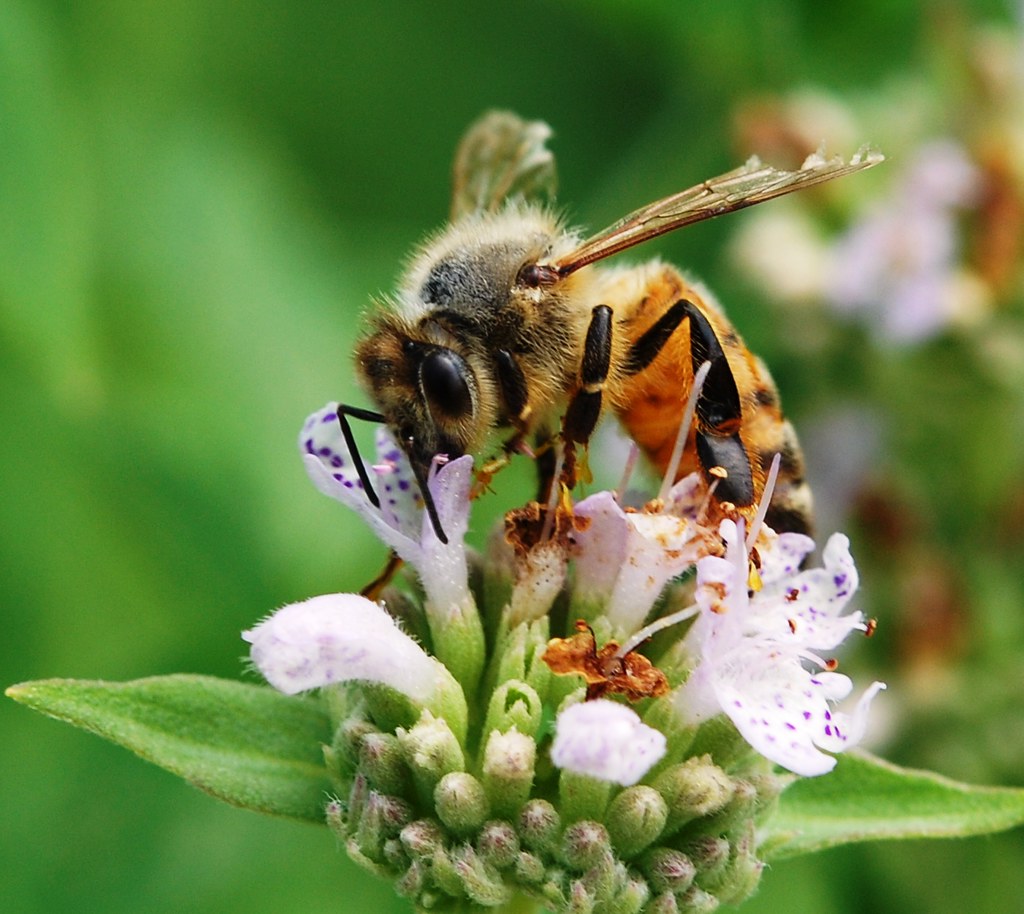At that time, I did a little kvetching about the fact that the cranesbill geraniums didn't seem to do a great job of attracting pollinators (which is always a high priority for me).
Well, I've added more cranesbills and they've expanded their territory and this year, for the first time, I noticed the 'Biokovo' variety of Geranium x cantabrigiense attracting a lot of bees - both bumblebees and honeybees!
The other cranesbills that I have - 'Rozanne' and a couple cultivars of Geranium sanguineum - don't seem as attractive to the bumbles or the honeybees, but they do seem to generate some interest from teeny-tiny pollinators (probably some sort of hoverfly or tiny wasp).
Anyway, there's no way that my camera is good enough to capture a video of the hoverflies, but I was able to shoot this short film of a bumblebee buzzing his way among 'Biokovo' flowers.
Enjoy!
PS - Over time, I've changed my mind on a lot of groundcovers (and other plants). but I still think cranesbill geraniums -- especially the 'Biokovo' cultivar -- make excellent groundcovers, at least in my Tennessee garden!

























